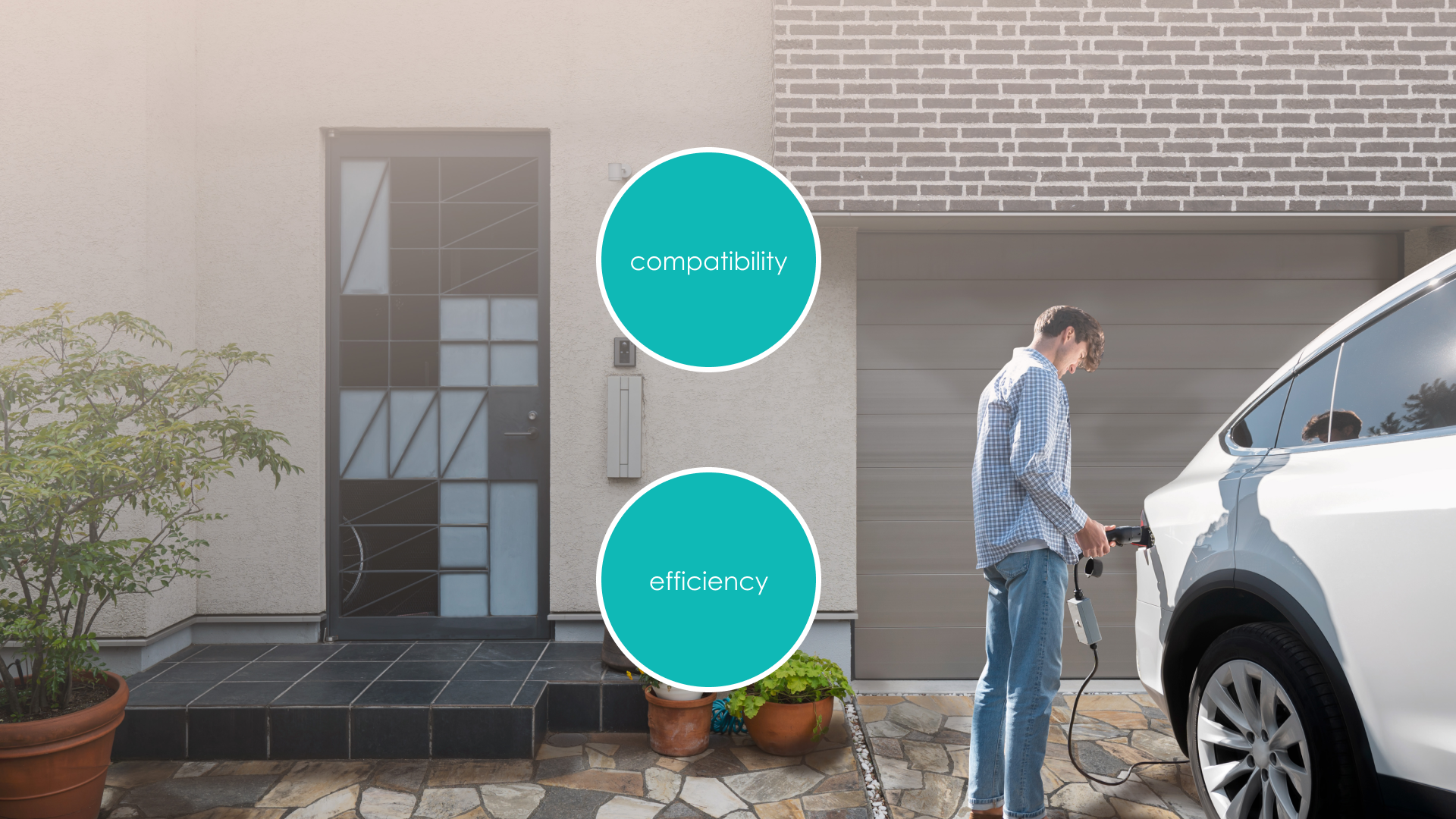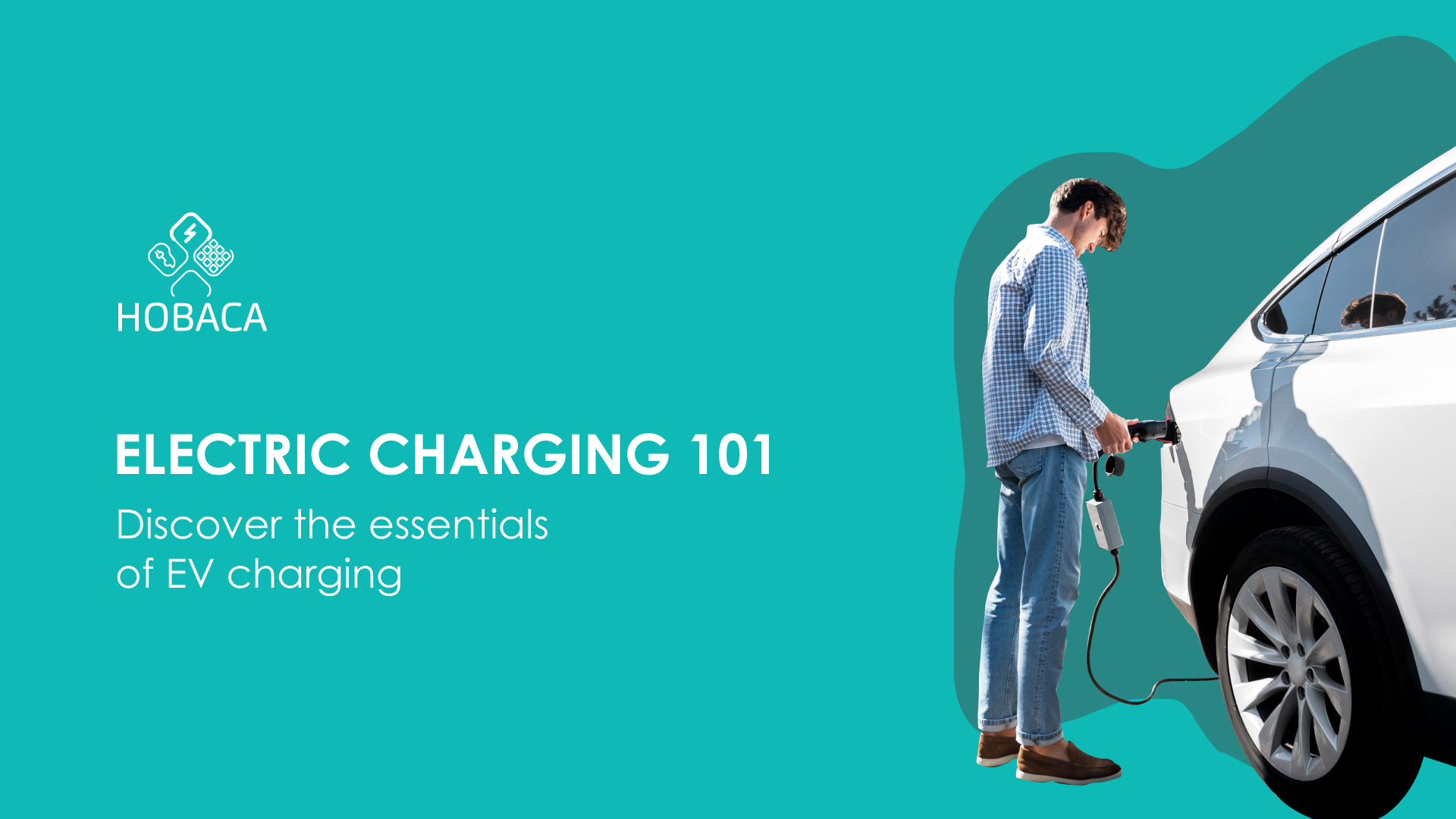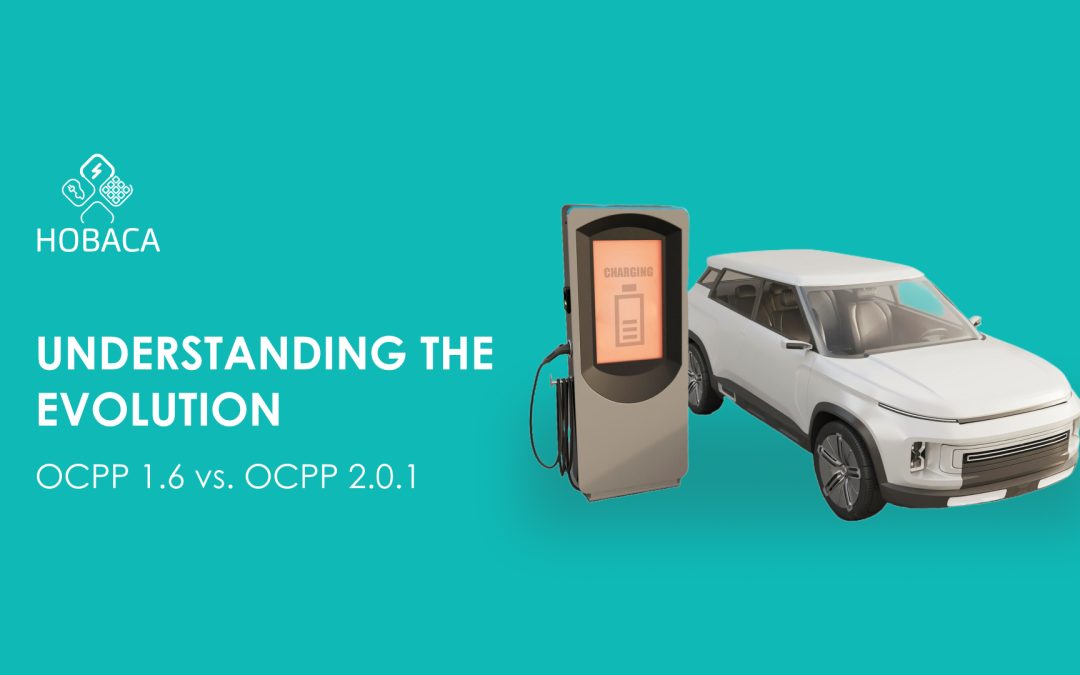You’ve just bought a brand new electric car, and to ensure you’re always powered up, you invested in the priciest home charger with a 22kW output. But then, as you check your car’s mobile app, you notice something peculiar: despite your high-end charger, your car never charges at home more than 7.4kW. Is someone cheating you? What’s going on here? This scenario, along with many other perplexing questions, often arises from the peculiarities of EV charging that are not always explained to new EV drivers.
The Basics of EV Charging: Connectors and Power Levels
To begin with, let’s dive into the different types of charging connectors. One of the first things new EV drivers need to understand is the variety of connectors available. Picture this: you’re on a road trip in your sleek Nissan Leaf and you pull up to a charging station. What you see is a CHAdeMO connector, a robust and reliable option primarily used by Japanese car manufacturers like Nissan. This connector supports DC fast charging, enabling you to get back on the road quickly.
Now imagine you’re driving a European model like the Tesla Model S or a BMW i3. In this scenario, you’re likely to encounter the Type 2 (Mennekes) connector, the standard for AC charging in Europe. It’s versatile, supporting both single-phase and three-phase power. The Type 2 is your reliable companion whether you’re charging at home or at a public station.
But wait, there’s more! The Combined Charging System (CCS) is another player in the game, combining the Type 2 connector with additional pins for DC fast charging. This system is rapidly becoming the standard for fast charging in both Europe and the US, compatible with models like the Volkswagen ID.4 and Ford Mustang Mach-E.
As you continue your journey, you realize that understanding charging power is equally important. Charging power can significantly impact how quickly your vehicle charges. For instance, single-phase AC charging typically provides up to 7.4 kW of power. If you’re lucky enough to have a three-phase AC setup, you can enjoy charging speeds up to 22 kW, provided your vehicle’s onboard charger can handle it.
Matching Chargers to Cars: Compatibility and Efficiency
Not every charger is suitable for every EV, and this is where things can get a bit tricky. The onboard charger in your EV plays a crucial role, converting AC power from the charger into DC power to charge the battery. Different cars have different onboard chargers, affecting the maximum AC charging speed they can handle.

An onboard charger is always needed when using AC chargers because it converts the AC power to DC to store in the battery. However, when using DC fast chargers, the onboard charger is bypassed, and the power goes directly to the battery. This is why DC fast chargers can charge a car much faster.
Imagine owning a Nissan Leaf, a popular entry-level EV. It comes equipped with a single-phase onboard charger, typically supporting up to 7.4 kW. On the other hand, if you’re driving a Tesla Model S or a Renault Zoe, you might have a three-phase onboard charger, allowing for faster AC charging up to 22 kW. There are also less common two-phase onboard chargers found in specific models, offering a middle ground in terms of charging speed.
When it comes to DC fast chargers, they bypass the onboard charger and deliver power directly to the battery. The maximum charging speed here depends on both the charger and the vehicle’s battery management system. For example, while a Nissan Leaf may only accept up to 50 kW, a Porsche Taycan can handle up to 270 kW, making for a significantly quicker charging experience.
Real-life Examples and Tips
To put all this into perspective, let’s look at some real-life examples. The Nissan Leaf uses the CHAdeMO connector for DC charging up to 50 kW and has a single-phase onboard charger for AC charging up to 7.4 kW. Meanwhile, the Tesla Model 3 is compatible with CCS for DC fast charging up to 250 kW (with V3 Supercharging) and has an onboard charger supporting up to 11 kW for AC charging. Similarly, the BMW i3 supports CCS for DC fast charging up to 50 kW and has an onboard charger that supports up to 11 kW for AC charging.
Power Availability at Home and Other Locations
Charging your EV at home or at public stations isn’t just about the charger itself. The output power of your home charger and other charging stations also depends on the available power, influenced by other electrical loads. At home, you might have single-phase power, which is common in residential areas and typically limited to 7.4 kW for EV charging. But you might be fortunate enough to have three-phase power, allowing for charging up to 22 kW. However, this depends on your home’s electrical system and whether other appliances, like your oven or air conditioner, are drawing power simultaneously. Running heavy appliances while charging your EV can reduce the available power for your charger to prevent overloading the system.
Public charging stations also vary in power availability depending on the location and other users. Some stations might share power between multiple charging points, which can affect the charging speed.
Understanding the intricacies of EV charging can significantly enhance your electric driving experience. By knowing the types of connectors, the power levels available, and the compatibility of different chargers with your EV, you can make informed decisions that optimize your charging routine. This knowledge is essential for a bespoke EV driving experience. Additionally, for those managing commercial charging stations, having a reliable backend platform is crucial. HOBACA is the best partner for any Charge Point Operator (CPO), regardless of size and goals, ensuring smooth and efficient operation of your charging infrastructure.
Welcome to the world of e-mobility—enjoy the ride!
-
Why is my 22kW home charger only charging my car at 7.4kW?
The charging speed at home can be limited by your car’s onboard charger. Many EVs come with single-phase onboard chargers that max out at 7.4kW, even if the charger itself can provide more power.
-
What are the different types of EV charging connectors?
Common EV charging connectors include CHAdeMO, used primarily by Japanese manufacturers; Type 2 (Mennekes), the standard in Europe; and CCS (Combined Charging System), which is becoming the standard for fast charging in both Europe and the US.
-
What’s the difference between AC and DC charging?
AC (alternating current) charging is typically slower and relies on the car’s onboard charger to convert AC to DC power. DC (direct current) fast charging bypasses the onboard charger and supplies power directly to the battery, resulting in much faster charging times.
-
Can all EVs use DC fast chargers?
Not all EVs can use DC fast chargers, and even those that can may have different limits on the charging speed they can handle. For instance, while a Porsche Taycan can accept up to 270 kW, a Nissan Leaf can only handle up to 50 kW.
-
How does home power availability affect EV charging?
The power available at home can limit charging speeds. Single-phase power is common in residential areas and is typically limited to 7.4kW for EV charging. Homes with three-phase power can support up to 22kW, but this also depends on other electrical loads in the house.
-
Why do public charging speeds vary?
Public charging speeds can vary due to shared power between multiple charging points and the overall power capacity of the charging station. Other users and the station’s design can affect how much power is available for each vehicle.
-
When is an onboard charger needed?
An onboard charger is needed whenever you’re using AC charging because it converts the AC power from the charger into DC power to store in the battery. For DC fast charging, the onboard charger is bypassed.





